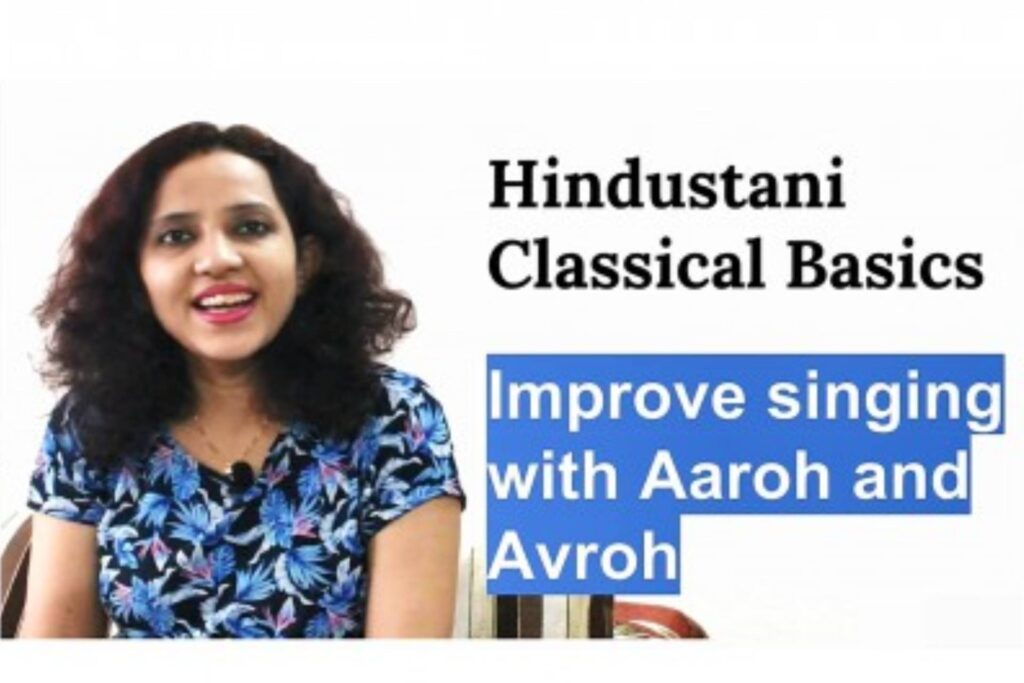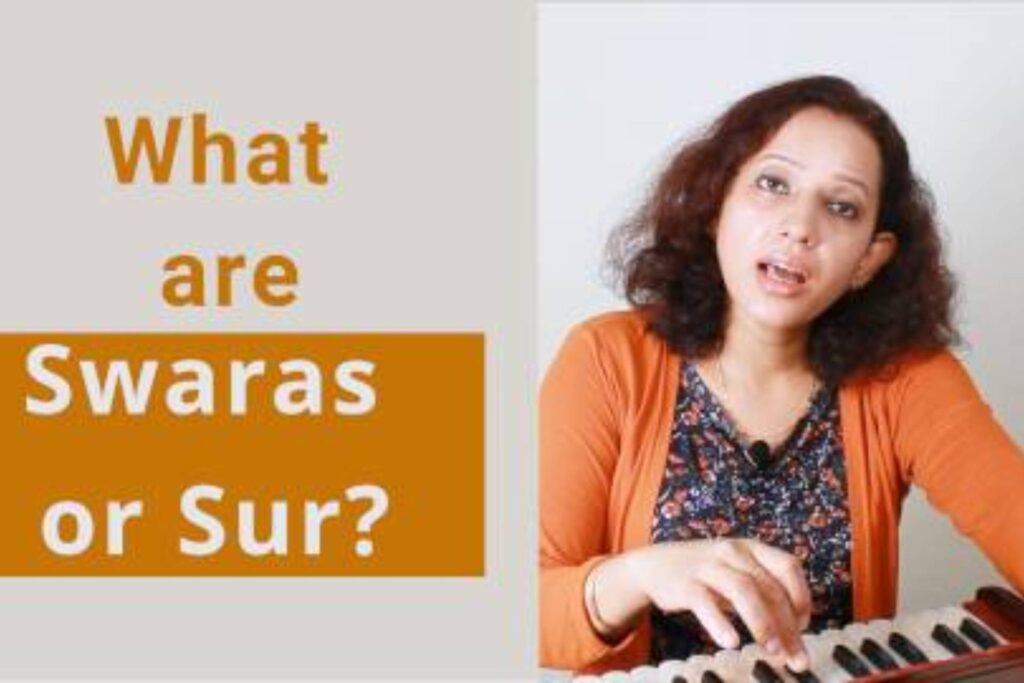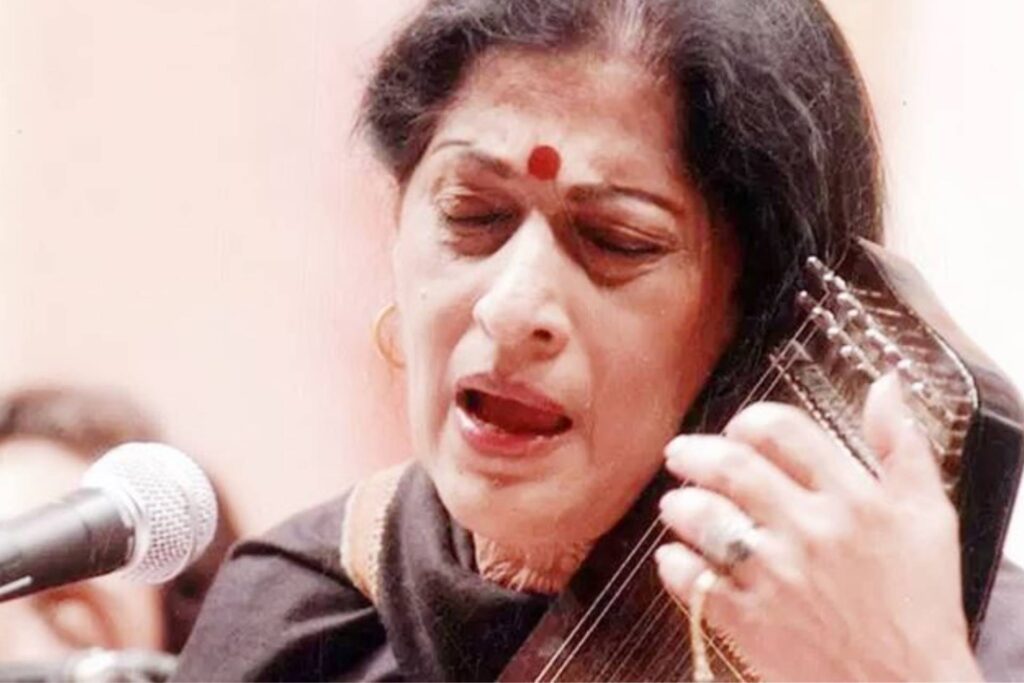A Comprehensive Guide to CBSE Class 12 Hindustani Vocal Music Syllabus and Exam Tips
Hindustani Vocal Music is a rich and ancient tradition that has been passed down through generations, and this examination is your chance to explore its intricacies and showcase your talent. In this blog post, we will comprehensively cover the CBSE Class 12 Hindustani Vocal Music syllabus and provide valuable tips to help you succeed in […]
Vocal Scales & Finding Your Natural Scale

Vocal Scale or Shruti is an important concept in Indian Classical Music (both Hindustani Classical Music & Carnatic Classical Music) . Vocal Scale refers to range of notes within which a singer can sing comfortably without any vocal stress. Every person has a range in which he or she can sing. For e.g. some can […]
What are Raga/Raag?

Raag or Raga is one of the most important concepts in Indian Classical Music. It is nothing but a collection of sur or swaras sung in a way which reflects an emotive mood or a feeling. Rules of Raga Each Raga has to follow 5 essential rules as are defined in Indian Classical Music. The […]
5 Ways to describe a raga or raag?

Raga or Raag is a framework created out of surs or swaras. Each raga is said to affect an emotion in the minds of listeners. Each raga has a unique set of sequence of notations (sur) which characterizes that particular raga. Raga is a loose framework as such in the sense that it can be […]
What are Thaat and Pakad of ragas

Thaat and Pakad help us understand the structure of raga and the way of singing respectively. In this tutorial, we will learn about them and see some examples to understand them in greater detail. What are Thaats Thaat is a theoretical concept that helps us group ragas of similar sur and nature. In its basic […]
Aaroh and Avroh – an essential guide

In this post we will understand what are Aaroh and Avroh in Hindustani Classical Music and how to practice it. Towards the end we would get a brief understanding of Alankar in classical music What is Aaroh and Avroh? In Hindi language Aaroh means ascending from a lower position to a higher position and Avroh […]
What are Swaras (or Sur) ?

The word swara (meaning notes) is derived from the Sanskrit word ‘Svar’, which means sound. There are different forms of sound.But the sound which is soothing to ear and which is musical is known as swaras or sur. Hindustani classical music has 7 major notes also known as Shudha Swaras. Sur Long name Sa Shadaj […]
Raga – Gaud Sarang

Gaud Sarang is a raga in Hindustani classical music that combines characteristics of Sarang raag and Gaud raga (Gaud is now no longer in use). Gaud Sarang is a daytime raaga,but gives effect of night melodies.The overall impact is identical to that in Raag Kedar or Raag Bihaag (they both are night raagas).Gaud Sarang has […]
Famous bhajan on Tilak Kamod
Pakad of Tilak Kamod- Pa(lower octave) Ni Sa Re Ga Sa,Sa Re Ga Sa Ni,Re Ma Pa Dh Ma Pa Sa(higher octave). This Bhajan clearly shows the characteristics of Tilak Kamod.
Raag Hameer
Raag Hameer is derived from Kalyan Thaat. Both Teevra and Shudh Ma swaras are used in this raag. It is a Veer-Rasa (i.e. it gives us feeling of enthusiasm and courage of warriors). In the Aarohan (i.e. ascending swars) all Shudh swars are used and Panchan is forbidden(Vajra).In Avrohan ie descending order both the Madhayams […]
Raag Kamod
Raag Kamod comes from Kalyan that.It has shadows of Malhar,Hameer,Kalyan with a glimpse of Kedar and Chhayanat.Both the Madhyams are used in this raag.Teevr Madhyam is used in glimpse with Pancham in Aarohan(upward series).Gandhar is Vakr(just touched ) in Avrohan and Nishad is less used.The use of Re Pa together clarifies the raag.Vadi swar of […]
Praveshika Pratham
Total Marks: 75. Pass Marks: 26. Practical:60,Theory: 15.No written Exam. Raagas: Yaman, Kafi ,Khamaaj, Bhimpalasi, Baageshri, Bhoop, Des, Durga. Students should well versed with Aarohan/Avrohan,Pakad,Prarambhik Aalap/Swar elaboration of all Raagas. One bandish of each raag should be known, One bandish with Aalap,Swar vistaar,Taan of any 6 raagas. One bandish/swar vistaar in Jhaptaal and Rupak. Two […]
Prarambhik Syllabus (Vocal&Instrumental)
Total Marks : 50. Pass Marks: 18. Practical: 40,Theory:10.No written Exam. Raagas: Durga, Kafi, Khamaj, Bhimpalasi, Baageshri, Bhoop, Des. Students should be well versed by one bandish including Aarohan-Avrohan,with Pakad.They should have the capability to recognize and differentiate between raags. For Theory students should know how to define a raag starting with the That it […]
Jai Jaivanti
Raag Jai Jaivanti comes from Khamaaj That.It is a Vakr Sampoorna Raag.This raag has Two Gandhar and Two Nishad.In Aarohan the Ga and Ni used are Shudh while in Avroh it is Komal.In Avroh phrase ‘ Re Ga(komal)Re Sa.This is the most important phrase which makes it different from other raagas.This raag is a mixture […]
Shudh Kalyan
Shudh Kalyan raag is derived from Kalyan Thaat.According to Bhatkande school of classical music Ma and Ni are not taken in Aaroh but Avroh is Sampoorna (all swars taken) with Ma Teevr.But many school of music,don’t include Ma and Ni Avrohan also.They sing Teevr Ma in a Meend between Pa and Ga.Vadi Swar is Gandhar […]
Raag Malkauns
Raag Malkauns is a very popular Hindustani classical Raaga.In South it is known as Hindolam.The raag has a strong public appeal.Rishabh and Pancham swars are Varjit ie not included in this raag and thus make it a pentatonic raag.Ga ,Dh,Ni are komal Malkauns has a long history and had numerous changes with period of time.It […]
Malhar
Malhar is an old indian classical raaga.It is also known as” Miya Malhar”since it was a wonderful creation by Sangeet Maestro Miya Tansen.Malhar is associated with the atmosphere of torrential rains,thunder of clouds.The use of Shudh Nishad in Mandra Saptak makes the raaga sweet and melodious.Beside the basic shudh Malhar there are several Malhar-related raags […]
Puriya Dhanashree
Raag Puriya Dhanashree comes from” Poorvi ” Thaat.It is an evening Sandhi Prakash ARaag.Re and Dh are komal and Ma is Teevr in this raag.Poorvi raag uses both Teevr and Shudh Ma while Puriya Dhanashree only uses Teevr Ma.It contains all seven notes so belongs to Sampoorna Jati.The time of singing this raag is at […]
Laya and Layakari
“Laya” means Rythm and “Kari ” means doing . It is basically everything related to rhythm of music i.e. singing ,dance and intrumental. Though Laya and Layakari are different from each other being Laya has three forms : 1. Vilambit-Slow Tempo for e.g. Bilambit ektaal. Generally Bada Khayal is sung in this. 2. Madhya -Medium […]
Nibadh and Anibadh Gayan
Anibadh singing is a way of singing free of any structure. It was sung in ancient times. It did not have Sur and Taal. Nibadh singing is one with structural elements like Sur, Taal and Padh. This was formed in modern times. Nibadh singing is of three types Prabandh, Rupak and Vastu. Out of these […]
Samprakritik Raag
Raagas are born from Thaat.That is the reason Thaat is known as Janak(one who gives birth)and raagas born from it are known as Janya raag.Samprakritik Raag is a form of Janya Raag.Raagas born from a Thaat,having similar swar but still different from each other are known as Samprakritik Raag.For eg:
